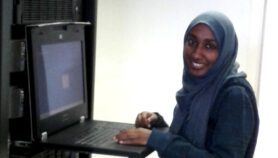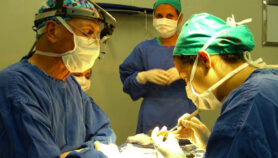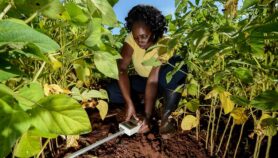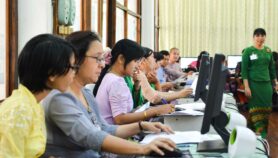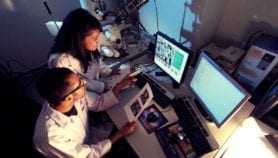Send to a friend
The details you provide on this page will not be used to send unsolicited email, and will not be sold to a 3rd party. See privacy policy.
An Open Source Development (OSD) model that connects problem-solvers with local challenges could be key to tackling poverty, promoting democracy and reducing child mortality, says Rajiv Shah, Administrator at the US Agency for International Development (USAID).
Shah argues that within a generation, preventable child death can end and education can improve; extreme poverty can be reduced by more than 60 per cent; and more democracies can flourish around the world. But making this happen will take more than setting goals.
"We need to break out of a top-down institutionally-driven model of development and adopt an OSD model that empowers more people everywhere to tackle these challenges" Shah says.
Institutions have been slow to adapt to an expanding development community, notes Shah. Making progress now involves establishing partnerships with corporate leaders, faith leaders, philanthropists and youth. And inventors anywhere in the world now have the capacity to use information technologies to tackle specific challenges.
"Development is too important and creativity too diffuse to be left entirely to the post–World War II development institutions," says Shah. USAID must support an open source approach to development by serving as a platform for connecting the challenges to those who can help around the world.
A series of ‘Grand Challenges’ launched by the US agency have encouraged more than 1500 innovators to propose new tools and approaches for solving development problems. This is part of the USAID Forward agenda, which is committed to supporting local institutions.
There are signs that such an approach can produce results at a large scale — which Shah describes as "the ultimate test of open source development." The initiative Feed the Future, for example, helped millions of people in Kenya and Ethiopia survive without food aid during last year’s droughts.
But the real potential of the open source approach is demonstrated by the project’s next stage: working with six countries on improving public-private partnerships as part of a new alliance to lift 50 million out of poverty in a decade.
"Our role is as a facilitator and connector — not [as] the party in charge," says Shah, and this will mean getting used to relinquishing control. But enabling networks of activity carries unlimited potential and can motivate development professionals to connect their work to the people it serves.


